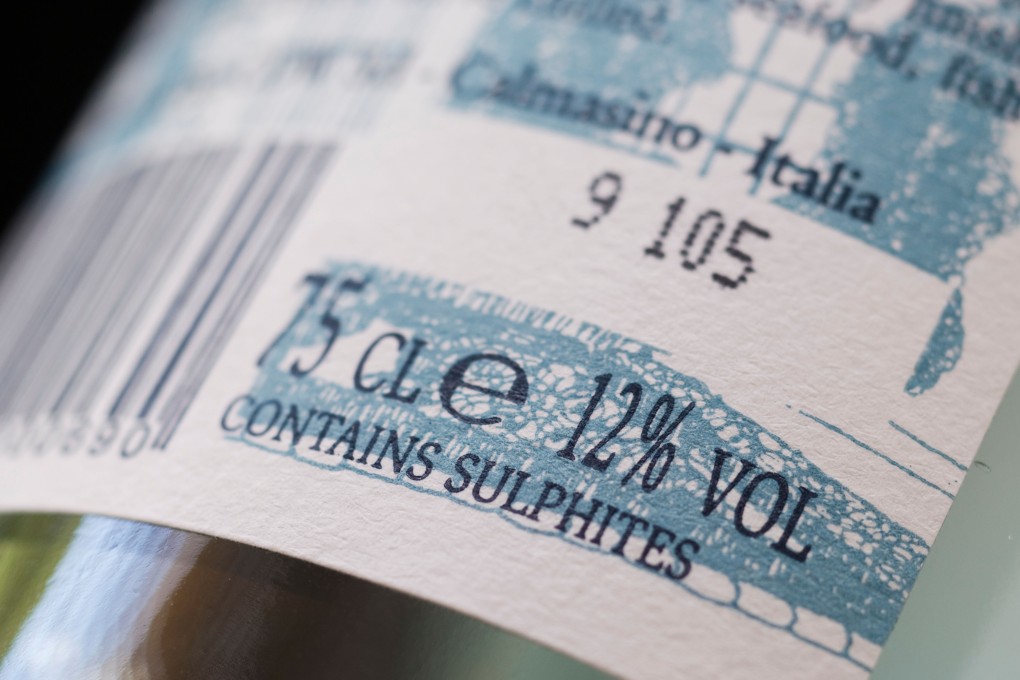The Corkscrew | Sulphites in wine – are they really bad for us?
- French fries and dried mango contain far more sulphites than wines, so surely a glass or two of vino can’t do much harm
- Asthma sufferers though are especially sensitive to the chemical compound

Sulphites are used to prolong shelf life and preserve colour. As a by-productof the fermentation process, they are naturally present in wines but in low levels. More sulphites are added to prevent oxidation and protect wine from bacteria and yeast, which can turn the liquid into vinegar. This practice dates back to the Romans, who burned candles in amphorae (conical-shaped jugs) before filling them with wine. Sulphites are also used to sanitise winery equipment, such as fermentation tanks, hoses and valves.
Under current labelling regulations, wines sold in the United States and European Union that contain more than 10 parts per million (ppm) are required to carry the “contains sulphites” warning on the label. However, even without added sulphites, the fermentation process can result in a wine that has more than 10 ppm.
Wine labels do not specify how much sulphite is present in a bottle, but it is usually somewhere between 20 and 200 ppm – very low compared with dried fruit, which can have from 500 to 3,000 ppm (among the worst are dried apricots, which are heavily dosed during the drying process to retain their orangey hue).

Sulphites in red wines range from 50 to 75 ppm – which is lower than whites, because tannins are a natural stabiliser and almost all reds go through malolactic fermentation as well, reducing the sulphite content.
While dry white wines contain about 100 ppm, whites with higher acidity, such as sauvignon blanc, have fewer sulphites than low-acidity wine, such as pinot grigio.

